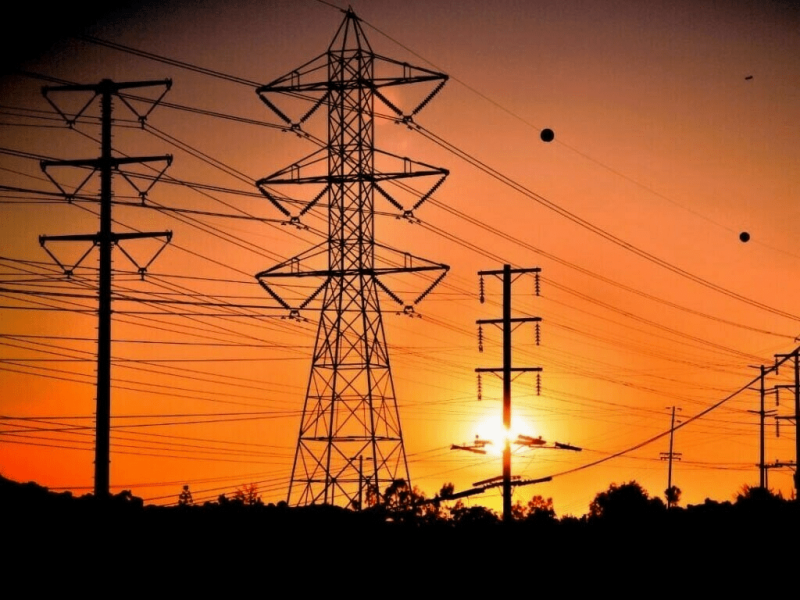After a LONG time! LSM is also showing positive signs.
EDITORIAL: Pakistan Bureau of Statistics (PBS) released very encouraging data on large-scale manufacturing (LSM)...
www.brecorder.com
dollar also settling down at 280 ish pkr
https://www.dawn.com/news/1780607/agro-food-exports-jump-37pc
The agriculture sector is also experiencing growth (although more to do with international market, pkr depreciation etc), with increasing tractor sales as another indicator of this trend
KARACHI: The benchmark of leading shares showed a “robust upswing” on Thursday to close above the pivotal...
www.dawn.com
Stock market going back to normal after 6-7 years of downturn
Keep Dar, toxic Imrandoo politics, fauji generals/dogs/main character syndrome destabilization of sitting civilian governments out - we're on the right path
conservative 5% steady growth over 10 years without ballooned up deficits till we fix our power sector, business environment
Let Pakistanis breathe
The rupee is on the rise. Cotton output is growing fast. Estimated wheat production is up 12 per cent compared to the last year. Car sales have started picking up. The stock market is doing well. Banks are making big profits. Fuel prices are on hold, although temporarily. Exports of agricultural and food items grew 37pc in July-September. Home remittances in September rose more than 5pc compared to August. The privatisation programme is gathering pace. And big-ticket plans to attract foreign direct investment from China, Saudi Arabia and the UAE are being finalised. Pakistan’s economic prospects look better today than at the start of this fiscal year in July. But problems remain.
Tax revenue falls short of meeting the government’s expenses. The International Monetary Fund (IMF) says the fiscal deficit during this fiscal year ending in June 2024 may jump to 7.6pc of GDP against the target of 6.5pc. The federal government has already announced a 25pc cut in public sector development plans (from Rs800 billion to Rs600bn), and given the poor fiscal conditions, further cuts seem inevitable.
Overall exports, remittances and foreign direct investment together fall short of meeting the total imports bill and facilitating the repatriation of profits and dividends by multinational companies operating in Pakistan. The State Bank of Pakistan’s forex reserves of $7.647bn are not enough to cover even two months of goods’ imports. Revival of large-scale manufacturing is still not in sight. Joblessness and poverty keep growing. The World Bank and the IMF estimate unemployment to run at 10pc and 8pc, respectively. So, what is the way forward?
The World Bank has advised Pakistan to fully tax three main sectors—agriculture, real estate and retail trade to contain fiscal deficit. Easier said than done.
Even if present caretaker federal and provincial governments reach a consensus on taxing agriculture, that consensus may fall apart once new, elected governments come into power.
Whether incoming elected federal and provincial governments will necessarily follow through all economic policies made or endorsed by the civil-military-run Special Investment Facilitation Council — particularly those that require real consensus between the Centre and the provinces is a big unknown.
Bringing agriculture, retail and the real estate sectors completely under the tax net carries not only different economic consequences for different provinces, but their socio-political consequences will also vary in complexity and intensity for each federating unit.
Pakistan is committed to the IMF to gradually eliminate tax and energy subsidies and is fulfilling its commitment painstakingly. This exercise will continue till the end of the IMF’s current short-term loan tenure in March 2024.
After that, it will be up to the elected governments (formed after Jan 2024 elections) to examine how to balance the need for fully taxing the partly taxed sectors, the need for mitigating its impact on inflation and other macroeconomic indicators and the need for managing socio-political consequences.
The Council of Common Interest — the constitutional platform available for resolving such complex issues between the Centre and provinces and among the provinces themselves — will need to be involved to develop a roadmap.
Principally taxing these three sectors to their fullest potential is not only understandable but has become overdue now. But making moves to bring them under the complete tax net hastily during the days of the caretakers can be a dangerous recourse to follow, given the complexities and provinces’ reservations involved.
The caretakers’ move to accelerate the privatisation programme is a welcome move. But here again, they need to limit their role to doing the spadework for the privatisation of Pakistan International Airlines, Steel Mills and other state-owned enterprises that inflict tens of billions of rupees’ losses to the public exchequer every month.
Finalising the privatisation plan of power distribution companies (Discos) is too complex. Ideally, that too should be left to the elected governments because the post-privatisation impact on provincial governments and the general public will be too vast and long-lasting.
Electricity consumers, including industries and businesses, are now paying for not only the inefficiencies of our power sector companies but also for the haste shown and missteps taken in the unbundling of Wapda into Discos and lack of transparency in agreements signed with independent power producers thirty years ago.
The military-backed crackdown on currency, commodity hoarding, and smuggling is paying dividends. Between September 6 and October 12, the rupee recovered 9.3pc of its lost value against the US dollar in the interbank market.
Currency dealers say dollar hoarders sold about a billion dollars in the open market during this period, eventually improving forex supply in the interbank market. Local prices of smuggling-prone items, especially prices of food items, have either started falling, as in the case of sugar or have just stopped rising, as in the case of wheat flour.
The central bank’s strict actions against erring exchange companies have successfully contained speculative dollar buying, strengthening the rupee. Only last week, it suspended the licenses of five forex companies. Such actions must continue with full force.
Meanwhile, the military-backed most-overdue revisiting of the Afghan Transit Trade mechanism has exposed how Pakistan has been losing well over Rs900bn per year through misdeclaration and understatement of the values of goods and their eventual landing into Pakistani markets.
Correcting the Afghan transit trade regime alone can help Pakistan earn hundreds of billions of rupees in tax revenue in the short term. Similarly, the discrepancies spotted and reported by the Pakistan Business Council in Pakistan’s exports to China in particular — and in bilateral trade with other trading partners in general — are too big to be ignored.
Stopping such under-statement of exports and under-invoicing of imports, too, can bring in hundreds of billions of dollars in export revenue, cut imports by hundreds of billions of dollars and yield additional billions of rupees realisation of evaded import duties and taxes.
Pakistan’s economic prospects look better today than at the start of this fiscal year in July but problems remain.
www.dawn.com









